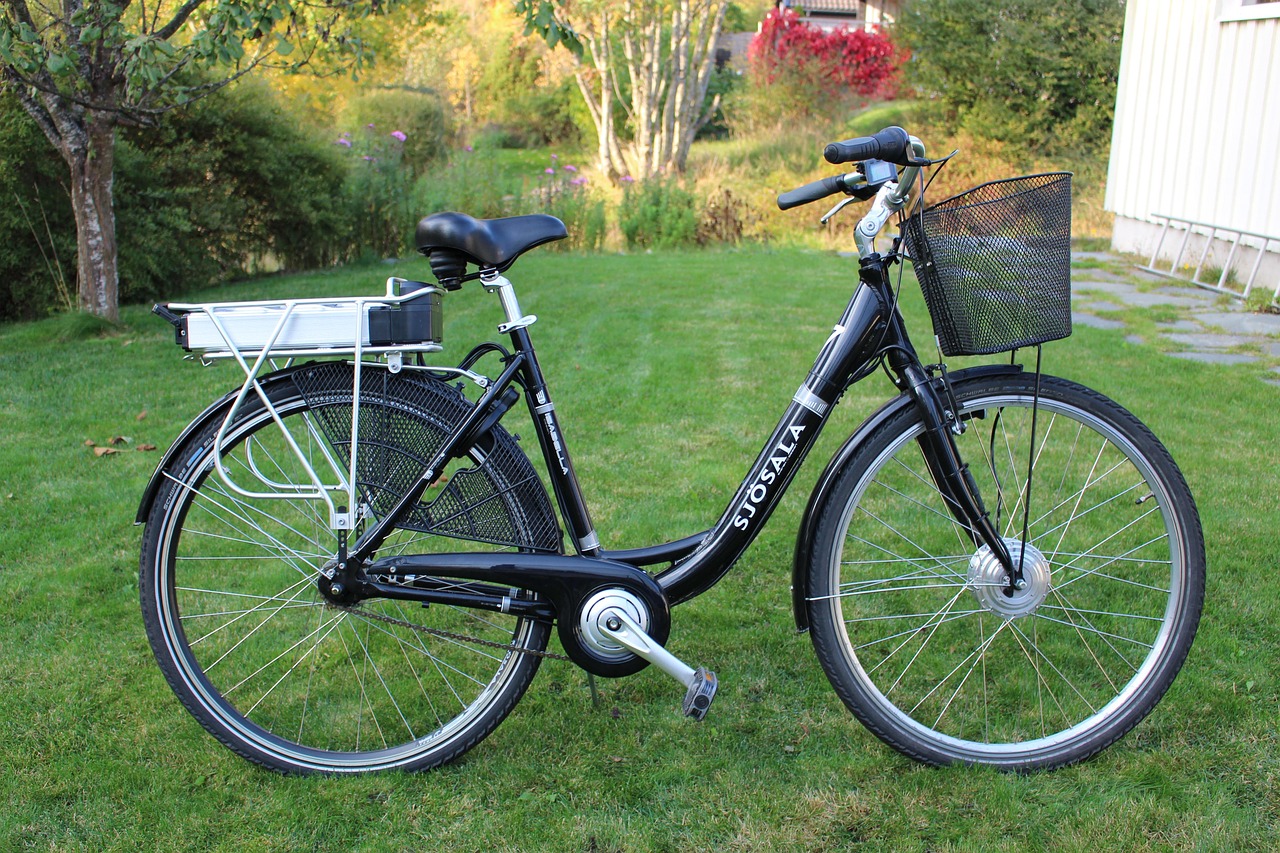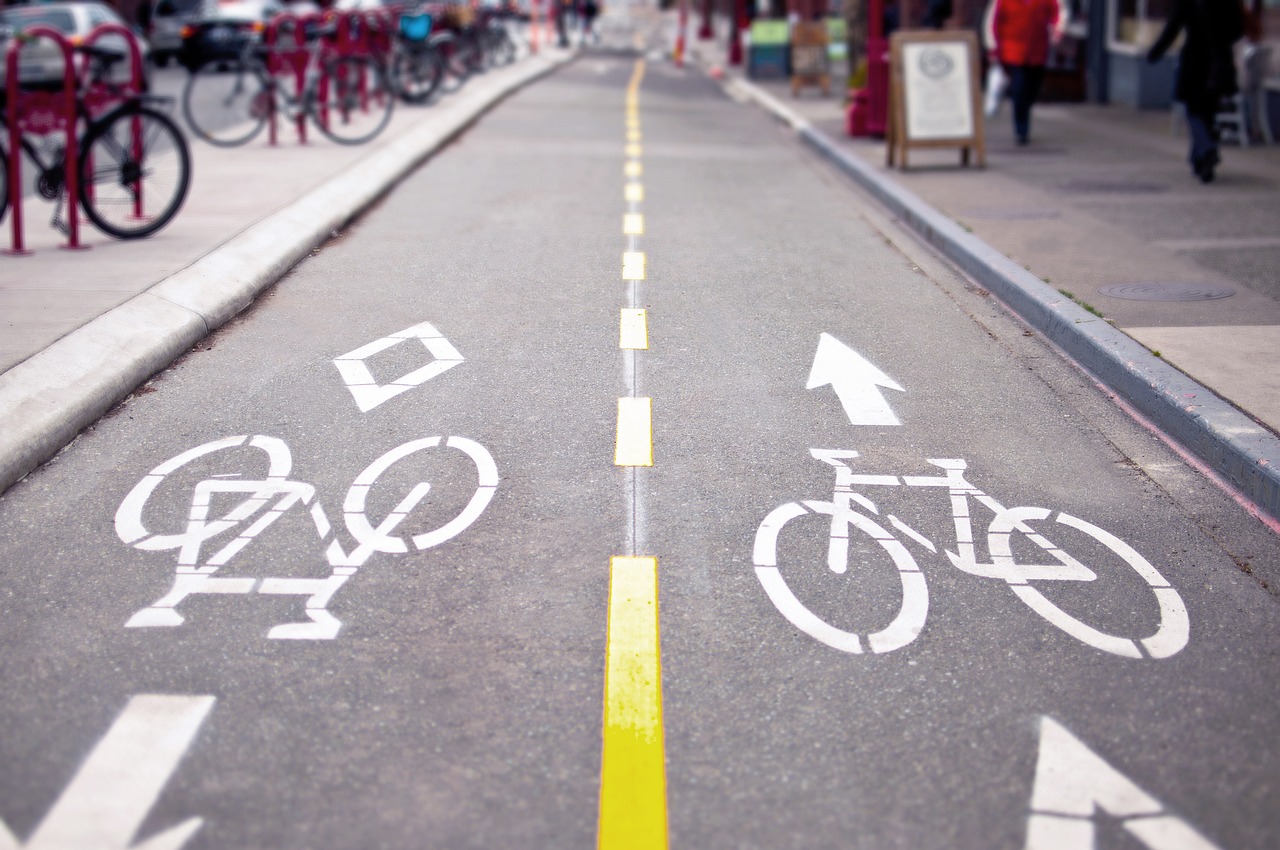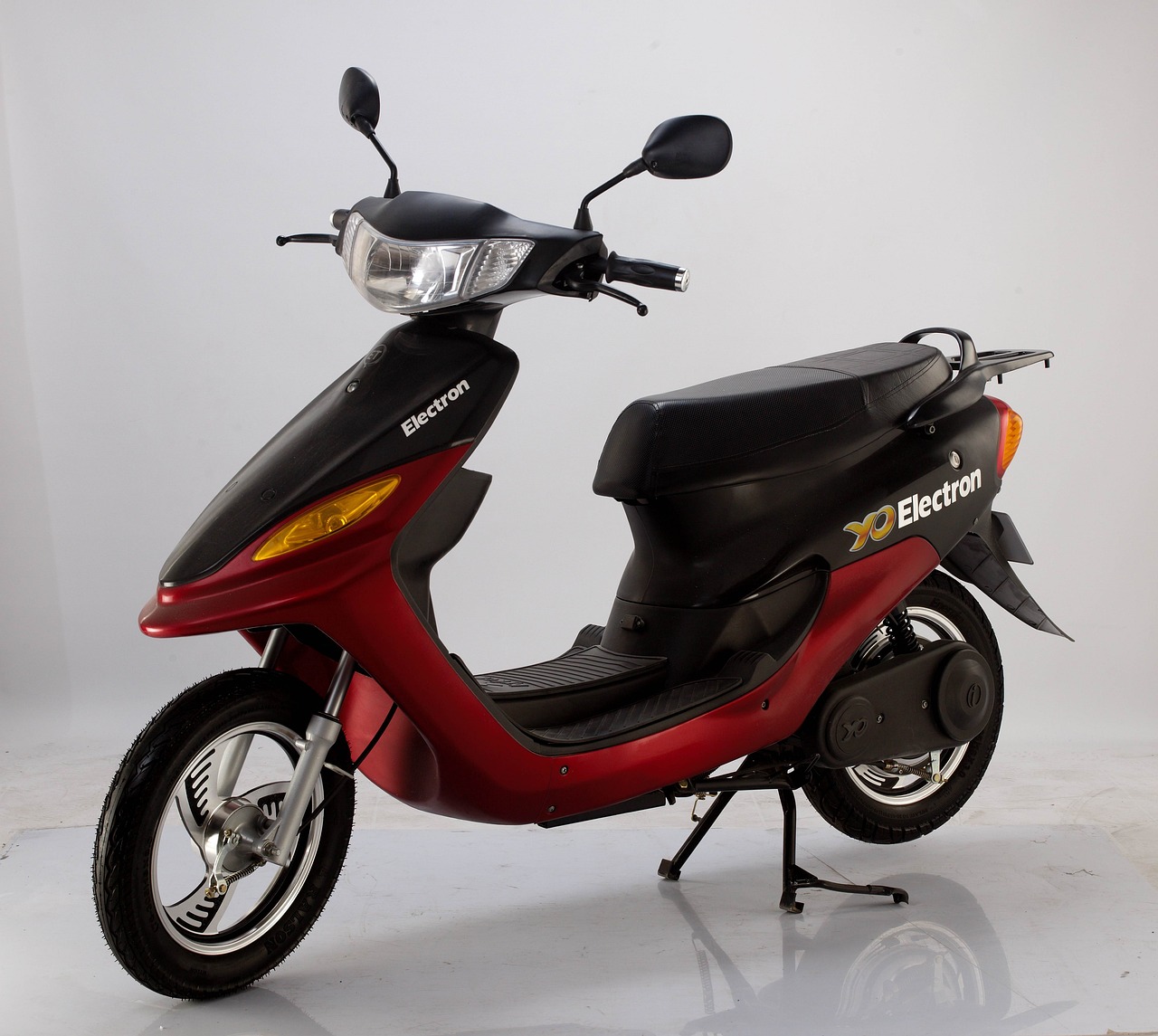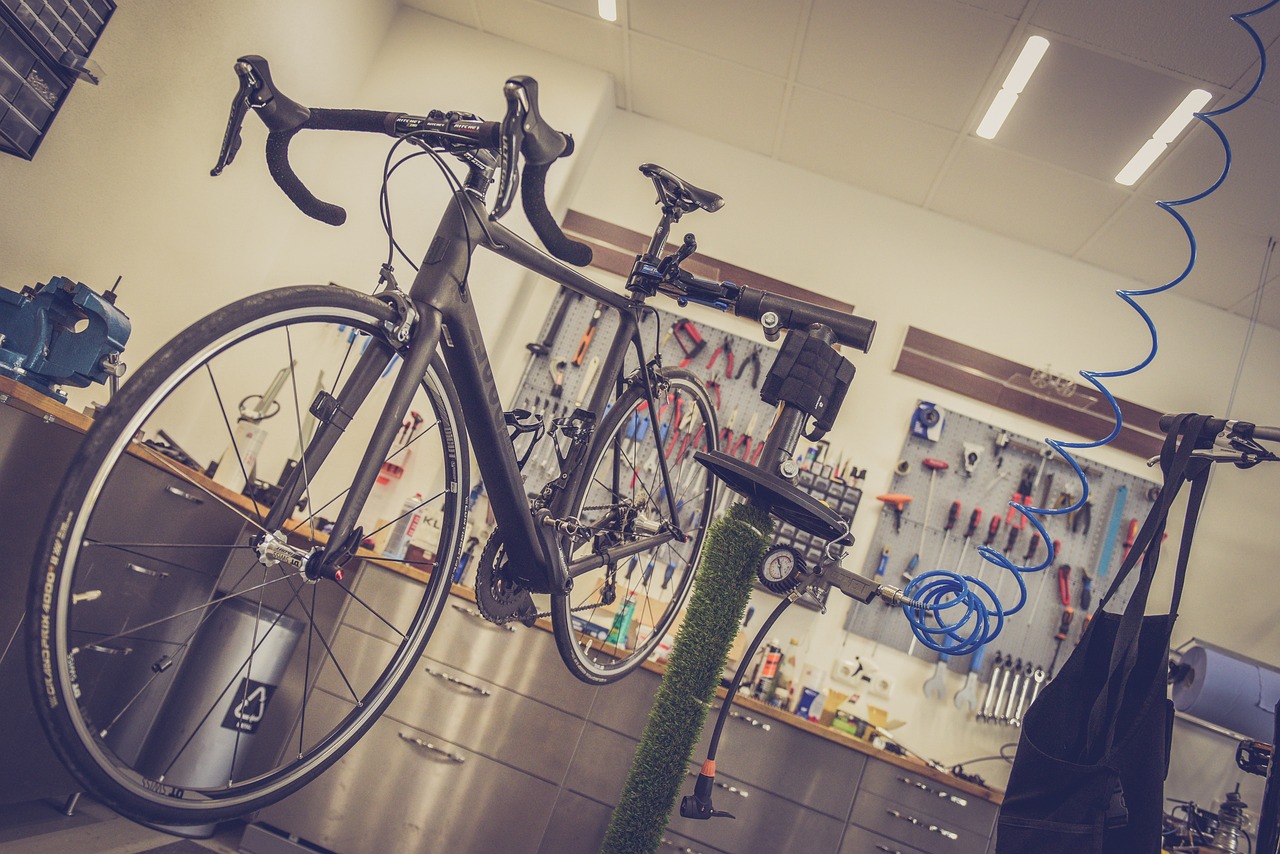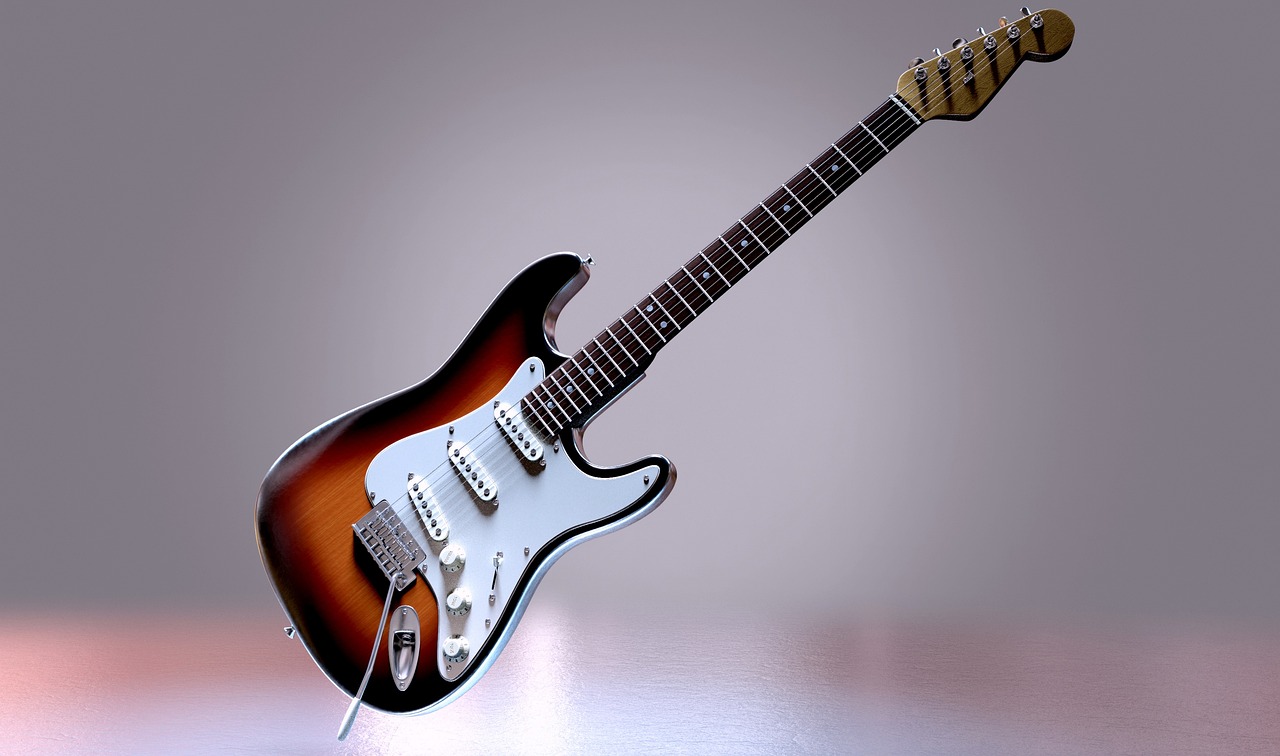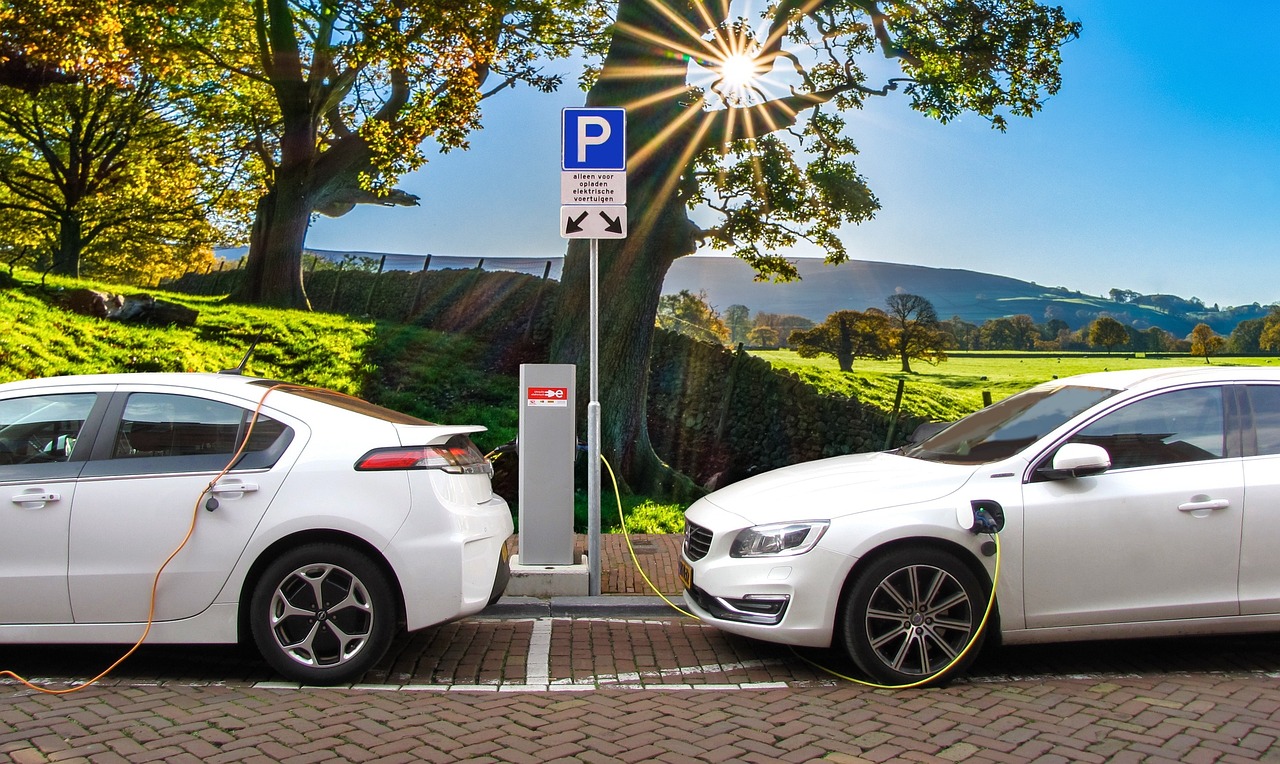This article delves into the benefits, considerations, and insights regarding electric bike conversion kits, helping you determine if upgrading your traditional bike is the right choice for you.
What is an Electric Bike Conversion Kit?
An electric bike conversion kit allows you to transform your standard bicycle into an electric bike, enhancing its functionality and performance with minimal effort and investment. These kits typically include a motor, battery, controller, and necessary hardware for installation.
Benefits of Converting Your Bike
- Increased Speed: Experience a boost in speed, allowing you to keep up with traffic or enjoy a quicker ride.
- Reduced Effort: Tackle hills and long distances with ease, reducing fatigue during your rides.
- Cost-Effective: Converting your bike is often cheaper than buying a new electric bike, making it an appealing option for budget-conscious cyclists.
- Environmental Impact: E-bikes are more eco-friendly than cars, and converting your bike can further reduce your carbon footprint.
Installation Process: Is It Complicated?
Understanding the installation process is crucial, as it can vary in complexity based on the kit type and your mechanical skills. Many riders opt for DIY installation to save costs, while others may prefer hiring a professional.
Performance Considerations After Conversion
- Battery Life and Range: Evaluate how far you can ride before needing a recharge.
- Weight and Handling: The added weight may affect your bike’s handling, so consider how this will influence your riding experience.
Conclusion: Is a Conversion Kit Right for You?
Ultimately, deciding whether to purchase an electric bike conversion kit depends on your riding habits, budget, and personal preferences. Weighing the pros and cons carefully will guide you in making the best choice for your cycling needs.

What is an Electric Bike Conversion Kit?
An electric bike conversion kit is a set of components designed to convert a traditional bicycle into an electric bike. This transformation enhances the bicycle’s functionality and performance, allowing riders to enjoy the benefits of electric cycling without the need to purchase a completely new bike. These kits typically include a motor, battery, controller, and necessary wiring, providing an accessible way to upgrade your riding experience.
One of the most appealing aspects of electric bike conversion kits is their affordability. Compared to the cost of a brand-new electric bike, which can range from several hundred to several thousand dollars, a conversion kit can be significantly less expensive. This makes it an attractive option for those looking to enhance their existing bicycle without breaking the bank.
Additionally, electric bike conversion kits come in various types, catering to different bicycle styles and rider preferences. Whether you have a mountain bike, road bike, or cruiser, there is likely a conversion kit that suits your needs. This versatility ensures that riders can find a solution that aligns with their cycling habits and preferences.
Moreover, the installation process can be straightforward for those with basic mechanical skills. Many riders opt for a DIY approach, which further reduces costs and allows for a personalized touch in the conversion process. However, for those less confident in their mechanical abilities, professional installation services are available, ensuring that the conversion is done correctly and safely.
In conclusion, an electric bike conversion kit is an excellent way to breathe new life into your existing bicycle. By enhancing its capabilities and providing a more efficient means of transportation, these kits offer a practical solution for cyclists looking to enjoy the benefits of electric biking without the hefty price tag of a new e-bike.
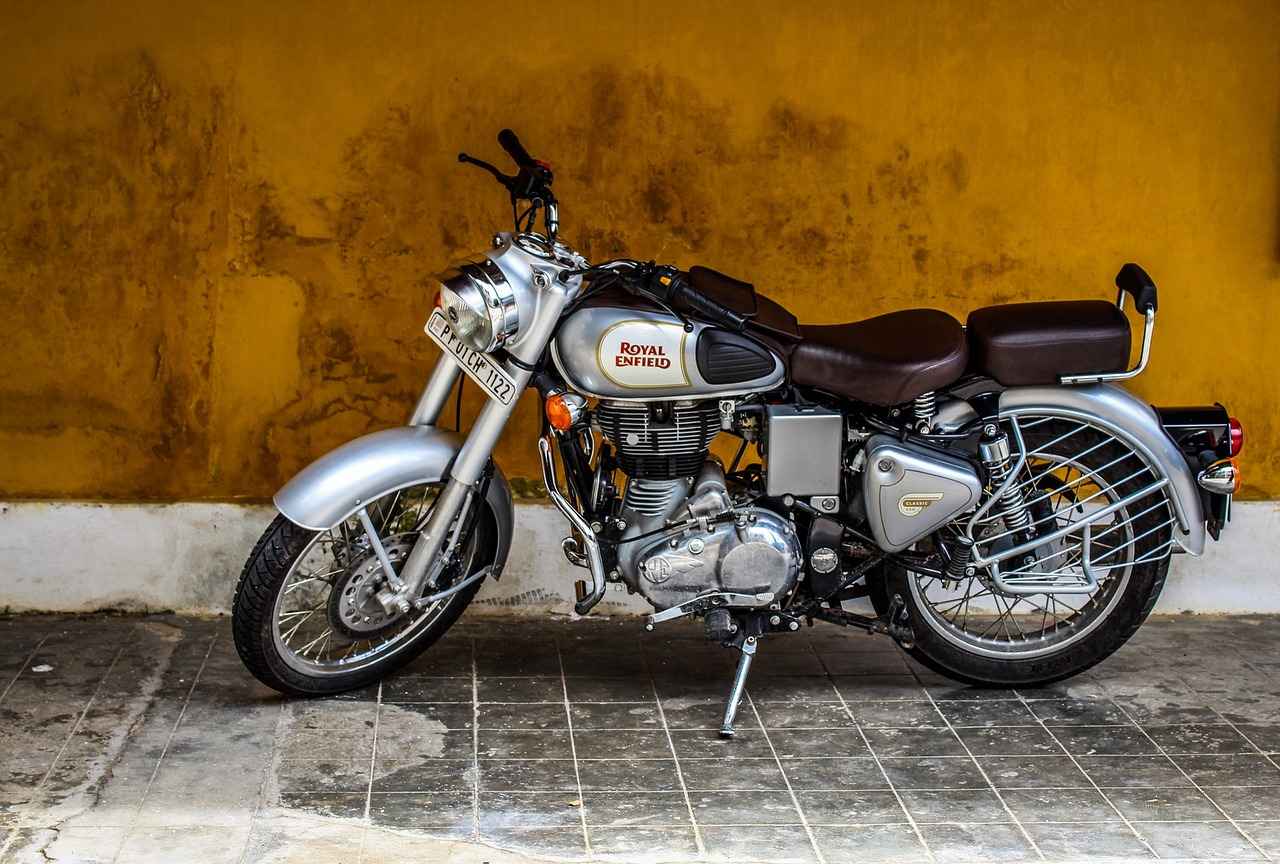
Benefits of Converting Your Bike
When considering the transition to an electric bike, the with an electric kit are substantial and worthy of exploration. This upgrade can significantly enhance your cycling experience, making it not only more enjoyable but also more practical for daily use.
One of the primary advantages is the increased speed that comes with the addition of an electric motor. Riders can effortlessly reach higher speeds without the need for excessive pedaling, making commutes quicker and more efficient. This is particularly beneficial for those who may want to keep up with traffic or simply enjoy a faster ride.
Moreover, the reduced effort required while riding is a game changer for many cyclists. With the assistance of an electric motor, hills and rough terrains become much more manageable, allowing riders to tackle challenging routes that they might have previously avoided. This means less fatigue and a more enjoyable experience, particularly on longer rides.
Additionally, converting your bike opens up the possibility of longer distances without the usual weariness associated with traditional cycling. With the power of an electric assist, riders can explore new areas, go on extended rides, or even use their bike for commuting without the fear of arriving exhausted. This newfound range encourages more frequent cycling, promoting a healthier lifestyle.
In conclusion, the benefits of converting your bike with an electric kit are numerous. From enhanced speed and reduced physical strain to the ability to cover greater distances, this upgrade can transform your cycling experience. Whether you’re a casual rider or a daily commuter, an electric conversion kit can provide the boost you need to enjoy cycling to its fullest.
Cost-Effectiveness Compared to Buying a New E-Bike
When it comes to upgrading your cycling experience, investing in an electric bike conversion kit often emerges as a more economical choice than purchasing a brand-new electric bike. This option is particularly appealing for budget-conscious cyclists who want to enjoy the benefits of electric biking without breaking the bank.
One of the primary reasons for this cost-effectiveness is the significantly lower price of conversion kits compared to new e-bikes. While a new electric bike can range anywhere from $1,000 to $5,000 or more, a conversion kit typically costs between $300 and $1,500, depending on the components and features included. This price difference makes it feasible for many cyclists to upgrade their existing bikes rather than invest in an entirely new model.
Additionally, the installation process of a conversion kit can often be completed with basic tools and a bit of mechanical skill, saving you on labor costs that would come with purchasing a new bike. For those who are handy, this DIY approach not only cuts costs but also provides a sense of accomplishment.
Moreover, converting your bike can lead to long-term savings in maintenance and energy costs. Electric bikes generally require less maintenance than traditional bicycles, and by upgrading your existing bike, you can avoid the depreciation that occurs with new purchases. This means that over time, the initial investment in a conversion kit can pay off, making it a financially savvy decision.
In conclusion, for cyclists looking to enhance their riding experience without a hefty price tag, electric bike conversion kits present a compelling option. They not only save money upfront but also contribute to long-term savings, making them an attractive alternative to buying a new electric bike.
Initial Investment vs. Long-Term Savings
When considering an electric bike conversion kit, the initial investment is a crucial factor that many potential buyers weigh against the long-term savings. While the upfront cost of a conversion kit can differ based on the brand, quality, and features, it’s essential to look beyond just the price tag.
Many riders find that the long-term financial benefits of converting their traditional bike into an electric one can significantly outweigh the initial expenses. For instance, electric bikes typically require less maintenance compared to traditional bikes, as they have fewer moving parts that can wear out. This reduction in maintenance costs can lead to substantial savings over time.
Additionally, electric bikes are known for their energy efficiency. By converting your bike, you can save on fuel costs associated with driving, especially for short commutes. Many riders report that they use their electric bikes more frequently than their cars, leading to further savings on fuel and parking expenses.
Moreover, the ability to travel longer distances without fatigue means that riders can opt for biking instead of driving for errands or commuting, which not only saves money but also contributes to a healthier lifestyle. The environmental benefits of using an electric bike also cannot be overlooked, as they produce zero emissions, thus promoting a greener planet.
In conclusion, while the initial investment in an electric bike conversion kit may seem daunting, the potential for long-term savings on maintenance, energy, and overall transportation costs makes it a worthwhile consideration for many riders. Evaluating your riding habits and financial goals can help determine if this investment aligns with your needs.
Environmental Impact of E-Bikes
As the world grapples with the pressing issues of climate change and urban pollution, electric bikes (e-bikes) have emerged as a sustainable alternative to traditional vehicles. These innovative modes of transport not only provide an efficient means of commuting but also contribute significantly to reducing our carbon footprint.
One of the most compelling reasons to consider e-bikes is their lower environmental impact compared to cars. While cars emit greenhouse gases and other pollutants, e-bikes operate on electricity, which can be sourced from renewable energy. This shift from fossil fuels to electric power is a crucial step towards a cleaner planet.
| Environmental Benefits | Details |
|---|---|
| Reduced Emissions | E-bikes produce zero tailpipe emissions, significantly lowering air pollution levels in urban areas. |
| Energy Efficiency | Electric bikes consume less energy per mile than cars, making them a more efficient transportation option. |
| Less Traffic Congestion | By replacing car trips with e-bike rides, cities can alleviate traffic congestion, leading to shorter commute times and less idling. |
| Encouraging Sustainable Practices | Using e-bikes promotes a culture of sustainability, encouraging more people to consider eco-friendly transportation options. |
Moreover, converting your existing bicycle into an e-bike can amplify these benefits. By upgrading your traditional bike, you not only save resources that would have gone into manufacturing a new vehicle but also extend the life of your current bike. This practice aligns with the principles of sustainable transportation and reduces waste.
In conclusion, the environmental advantages of e-bikes are clear. They offer a practical solution to many of the challenges posed by urban transportation today. By choosing e-bikes, whether through purchasing a new model or converting an existing bike, individuals can play a vital role in fostering a more sustainable future.
Types of Electric Bike Conversion Kits
When considering an upgrade to your traditional bicycle, it’s essential to explore the various types of electric bike conversion kits available on the market. Each kit is specifically designed to cater to different bicycle styles and rider preferences, ensuring that there is a suitable option for everyone.
Generally, electric bike conversion kits can be categorized into three main types:
- Hub Motor Kits: These kits are among the most popular and are designed to replace the front or rear wheel of your bicycle with a wheel that has a built-in motor. They are relatively easy to install and are ideal for casual riders.
- Mid-Drive Kits: Mid-drive systems are mounted at the bike’s crank and provide power directly to the bike’s chain. This type of kit is often favored by serious cyclists as it offers better weight distribution and efficiency, especially on steep terrains.
- Friction Drive Kits: These kits use a roller that presses against the bike’s tire to provide propulsion. They are less common but can be a good option for those looking for a lightweight and compact solution.
Each of these kits comes with its own set of features and benefits. For instance, hub motor kits are generally less expensive and easier to install, making them perfect for beginners. On the other hand, mid-drive kits are more powerful and efficient, making them suitable for those who plan to tackle challenging routes or longer distances.
Moreover, friction drive kits can be a great choice for riders who prioritize portability and ease of storage. They are lightweight and can be easily removed when not in use.
In summary, understanding the different types of electric bike conversion kits is crucial in making an informed decision. Whether you are a casual rider or a serious cyclist, there is a kit that can enhance your biking experience.

Installation Process: Is It Complicated?
Understanding the installation process of an electric bike conversion kit is essential for anyone looking to enhance their cycling experience. The complexity of the installation can vary significantly based on several factors, including the type of kit you choose and your personal mechanical skills.
For some, the process can be straightforward, while others may find it challenging. Here are some key points to consider:
- Types of Kits: Different kits come with various components, such as hub motors, mid-drive systems, and battery packs. Each type has its own installation requirements.
- Mechanical Skills: If you’re comfortable working with tools and have experience with bike maintenance, you may find the installation process manageable. However, if you’re a novice, it may be beneficial to seek help.
- Instruction Manuals: Most conversion kits come with detailed instructions. Following these carefully can simplify the process and help avoid mistakes.
- Time Commitment: Depending on your experience level and the complexity of the kit, installation can take anywhere from a few hours to a full day.
Many riders choose to tackle the installation themselves to save on labor costs. However, if you’re uncertain about your abilities or simply want peace of mind, hiring a professional can ensure that everything is set up correctly. This can also help you avoid potential issues down the line.
In conclusion, while the installation of an electric bike conversion kit can vary in complexity, understanding the components involved and your own skill level will help you determine the best approach. Whether you opt for a DIY installation or seek professional assistance, being informed will lead to a more successful conversion experience.
DIY Installation vs. Professional Help
When it comes to installing an electric bike conversion kit, riders face a critical choice: should you tackle the installation yourself or hire a professional? This decision can significantly impact both the performance of your bike and your overall satisfaction with the conversion process.
Understanding DIY Installation
Many enthusiasts opt for DIY installation as a way to save money and take pride in their work. With the right tools and a bit of mechanical knowledge, converting your bike can be a fulfilling project. There are numerous online resources, including video tutorials and forums, that provide step-by-step guidance. However, it’s crucial to assess your own skill level before diving in.
- Advantages of DIY:
- Cost savings on labor.
- Personal satisfaction from completing the project.
- Flexibility to work at your own pace.
- Disadvantages of DIY:
- Potential for mistakes that could affect performance.
- Time-consuming if you lack experience.
- Need for specific tools that may not be readily available.
Benefits of Hiring a Professional
On the other hand, hiring a professional can ensure that your electric bike is set up correctly, allowing you to enjoy the benefits of your conversion without the stress of installation. Professionals bring experience and expertise, which can be especially valuable if you’re converting a complex bike model.
- Advantages of Professional Help:
- Expert installation minimizes the risk of errors.
- Time-efficient, allowing you to ride sooner.
- Access to warranties and support from installation services.
- Disadvantages of Professional Help:
- Higher upfront costs due to labor fees.
- Less personal involvement in the process.
In conclusion, whether you choose DIY installation or professional help largely depends on your personal preferences, budget, and mechanical skills. Carefully weigh the pros and cons to make an informed decision that aligns with your goals for enhancing your bike.
Tools Required for Installation
When considering the installation of an electric bike conversion kit, it is essential to familiarize yourself with the necessary tools for the job. Having the right tools not only makes the process more manageable but also ensures that the conversion is performed efficiently and correctly. Below is a comprehensive list of tools you will need, along with tips on how to use them effectively.
- Wrenches: A set of adjustable wrenches is crucial for loosening and tightening various components of your bike, such as the wheel nuts and motor mounts.
- Screwdrivers: Both Phillips and flathead screwdrivers are necessary for assembling parts and securing electrical connections.
- Allen Keys: Most bikes use hex screws, so a set of Allen keys will help you with the installation of the motor and other components.
- Wire Cutters/Strippers: These tools are essential for preparing electrical wires, ensuring that connections are secure and reliable.
- Torque Wrench: To avoid over-tightening screws and bolts, a torque wrench will help you apply the correct amount of force, which is especially important for safety.
- Multimeter: This tool is useful for testing electrical connections and ensuring that everything is functioning properly after installation.
- Bike Stand: A bike stand will keep your bicycle stable while you work, making it easier to access all areas of the bike.
By gathering these tools before starting the installation, you can streamline the process, reducing the risk of errors and enhancing your overall experience. Understanding how to use each tool effectively will also empower you to tackle the installation confidently, even if you’re a beginner in bike maintenance.
In conclusion, investing time in familiarizing yourself with the right tools for the installation of an electric bike conversion kit can significantly enhance your DIY experience. Not only will it make the process smoother, but it will also equip you with the skills necessary to maintain your newly converted electric bike.

Performance Considerations After Conversion
When you convert your traditional bike into an electric bike using a conversion kit, you may notice a variety of performance changes. Understanding these changes is crucial for adapting to your new riding experience effectively.
One of the most significant modifications will be in speed. The addition of an electric motor can dramatically increase your bike’s speed capabilities, allowing you to tackle hills and long distances with much less effort. However, it’s essential to familiarize yourself with the new speed limits and regulations in your area, as they may differ from those applicable to traditional bikes.
Another critical aspect to consider is acceleration. With the electric motor engaged, your bike will accelerate faster than you might be used to. This change can be exhilarating but may also require some adjustment in your riding technique, especially when starting from a stop or navigating through traffic.
Battery life is another vital factor to monitor. The range of your bike will depend on the battery capacity, your riding style, and the terrain. It’s advisable to plan your rides accordingly, ensuring that you have enough charge to reach your destination without running out of power.
The weight of the bike will also change after conversion. The added components, such as the motor and battery, can make your bike heavier, potentially affecting its handling and maneuverability. It’s important to practice riding with the new weight distribution to maintain control, especially during sharp turns or sudden stops.
Lastly, be aware of the braking system. With increased speed and weight, your bike may require upgraded brakes to ensure safety. Consider investing in high-quality brake pads or disc brakes to enhance stopping power.
In conclusion, while converting your bike can significantly enhance your riding experience, it is essential to understand these performance changes. By adapting your riding style and being mindful of the new dynamics, you can fully enjoy the benefits of your electric bike conversion.
Battery Life and Range
are two of the most critical factors to consider when evaluating the performance of your electric bike. These elements significantly influence your riding experience, dictating how far you can travel and how often you’ll need to stop for a recharge.
Understanding the battery life of your electric bike conversion kit is essential. Battery life refers to the duration your bike can operate on a single charge, which is influenced by various factors, including battery capacity, riding conditions, and your weight. A higher capacity battery typically provides a longer ride, allowing you to cover more distance without worrying about running out of power.
On the other hand, the range of your electric bike is the total distance it can travel on a full charge. This is crucial for planning your rides, especially if you intend to use your bike for commuting or long-distance travel. The range can vary based on the level of pedal assist you choose, the terrain, and how frequently you stop and start. For instance, riding uphill or on rough terrain can significantly reduce the range.
To maximize both battery life and range, consider the following tips:
- Regular Maintenance: Keep your bike in good condition to ensure optimal performance.
- Adjust Your Riding Style: Use lower assist levels on flat terrain to conserve battery.
- Monitor Battery Health: Regularly check the battery’s condition and replace it if necessary.
In conclusion, evaluating battery life and range is not just about numbers; it’s about enhancing your overall riding experience. By understanding these factors, you can make informed decisions that will allow you to enjoy longer, more fulfilling rides on your electric bike.
Weight and Handling of the Converted Bike
When considering the transformation of your traditional bicycle into an electric bike, one of the most crucial aspects to evaluate is the weight and handling of the converted bike. The integration of electric components, such as the motor and battery, inevitably adds weight to your bicycle. This added weight can significantly influence both the handling characteristics and overall riding experience.
Firstly, it’s important to understand that the distribution of weight plays a vital role in how your bike handles. Typically, electric bike conversion kits place the battery either on the rear rack or within the frame. This positioning can alter the bike’s center of gravity, potentially leading to a different feel when maneuvering. For instance, a rear-heavy bike may feel less stable during sharp turns or descents, which could affect your confidence and comfort while riding.
Moreover, the additional weight can impact your acceleration and braking capabilities. Riders may find that they need to apply more force to accelerate or decelerate effectively. This change can be particularly noticeable when riding uphill or navigating through traffic, where quick responses are essential. Therefore, adapting your riding style to accommodate the added weight is crucial for maintaining a safe and enjoyable experience.
Another factor to consider is the type of terrain you typically ride on. If you often ride on flat, smooth surfaces, the added weight may not be as significant an issue. However, for those who frequently tackle hills or uneven terrain, the weight can become a more pronounced challenge, potentially leading to increased fatigue over longer rides.
In conclusion, while converting your bike to an electric model can enhance your riding experience in many ways, it is essential to acknowledge and adapt to the changes in weight and handling that come with it. By understanding these factors, you can ensure a smoother transition and a more enjoyable ride.
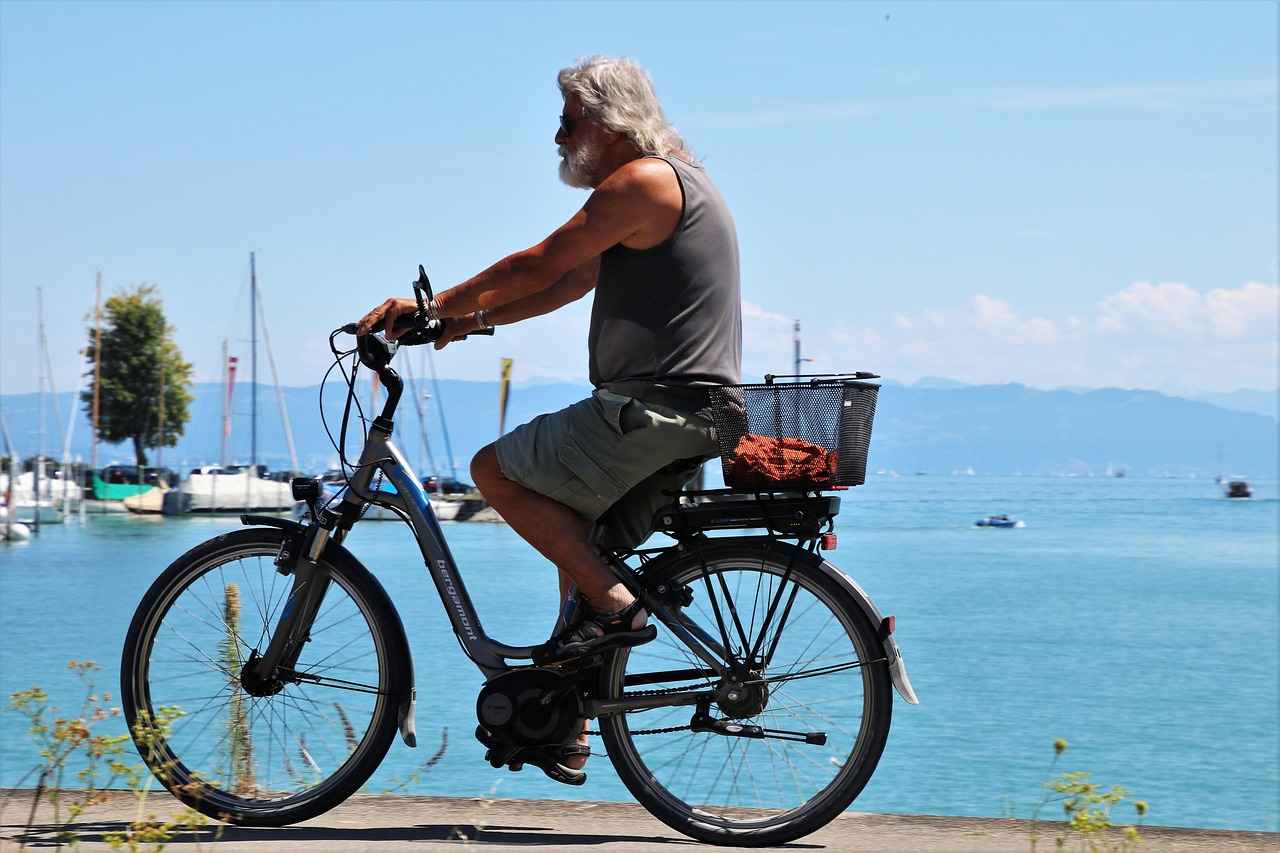
Conclusion: Is a Conversion Kit Right for You?
When considering whether to invest in an electric bike conversion kit, it is crucial to analyze your individual circumstances. The decision is not merely about the upfront cost; it encompasses various factors including your riding habits, budget, and personal preferences. Each of these elements plays a significant role in determining if a conversion kit is the right choice for you.
First and foremost, assess your riding habits. Do you frequently ride long distances, or do you prefer short trips around your neighborhood? If you’re someone who enjoys longer rides, an electric bike conversion kit can provide the necessary boost to help you cover more ground with less effort. This is particularly beneficial for those who may struggle with steep hills or headwinds.
Next, consider your budget. Conversion kits can vary significantly in price, and while they are generally more cost-effective than purchasing a brand-new electric bike, you still need to ensure that the investment aligns with your financial situation. Compare the costs of different kits and factor in any potential installation fees if you’re not planning to do it yourself.
Lastly, reflect on your personal preferences. Do you value the traditional feel of a regular bike, or are you eager to embrace the technology of an electric bike? Understanding how much you value these aspects can help guide your decision. Additionally, think about the environmental impact of your choice; converting your bike can reduce your carbon footprint and promote sustainable transportation.
In conclusion, the choice to purchase an electric bike conversion kit is highly subjective. By carefully weighing the pros and cons, and taking into account your riding habits, budget, and personal preferences, you can make an informed decision that enhances your cycling experience.
Frequently Asked Questions
- What is an electric bike conversion kit?
An electric bike conversion kit is a set of components that allows you to upgrade your traditional bicycle into an electric bike. This transformation enhances your bike’s performance, making it easier to ride longer distances with less effort.
- How much does it cost to convert my bike?
The cost of an electric bike conversion kit can vary widely, typically ranging from $200 to $800, depending on the type and features. It’s often much cheaper than buying a new electric bike, making it a budget-friendly option.
- Is the installation process difficult?
The complexity of installation depends on your mechanical skills and the kit you choose. Many kits are designed for DIY installation, but if you’re unsure, hiring a professional can ensure everything is set up correctly.
- What tools do I need for installation?
Common tools needed for installation include a wrench set, screwdrivers, and possibly a torque wrench. Familiarizing yourself with these tools can make the process smoother and more efficient.
- How will my bike’s performance change after conversion?
After conversion, your bike will have enhanced speed and reduced effort while riding. However, keep in mind that the added weight of the electric components may affect handling, so it’s important to adjust your riding style accordingly.
